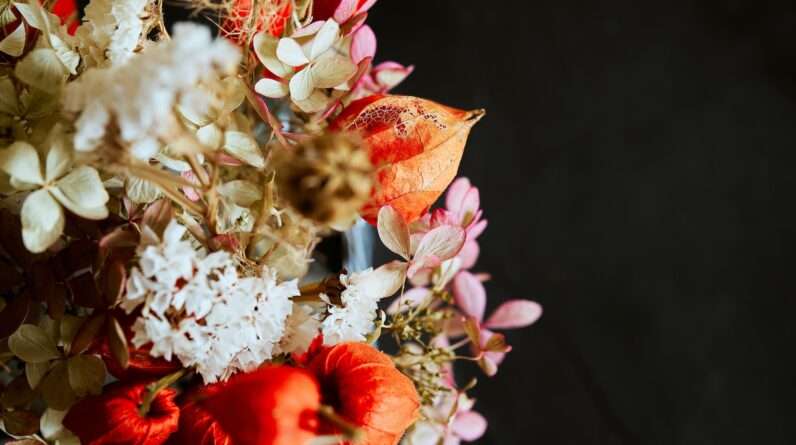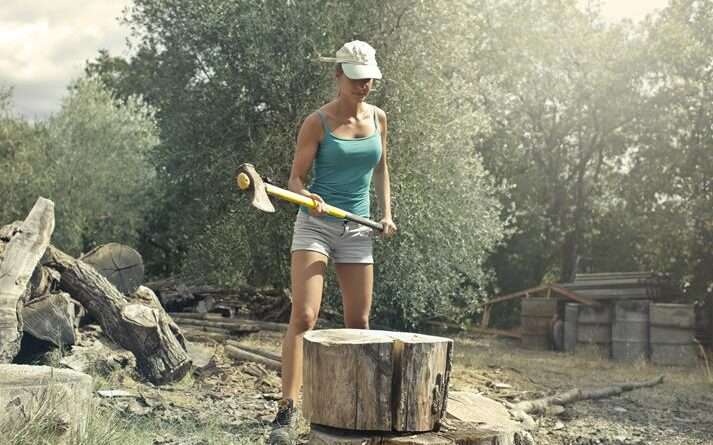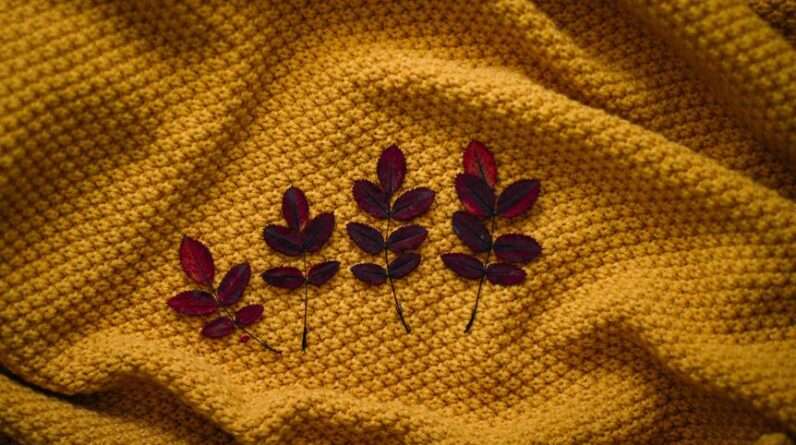
Get ready to transform your garden into a breathtaking autumn oasis with our ultimate autumn planting guide! You won't believe the vibrant burst of colors that fall flowers can bring to your outdoor space.
From choosing the perfect flowers to planting and caring for them, we've got you covered. Discover the top 5 fall flowers that will leave your neighbors in awe.
Get ready to take your gardening skills to the next level and create a masterpiece that will impress all who lay eyes on it.
Key Takeaways
- Fall flowers provide vibrant colors and extended blooming season, creating a visually appealing garden.
- Planting fall flowers in late summer or early fall allows them to establish roots before winter, ensuring their survival.
- Consider the climate, sunlight, and soil conditions when choosing fall flowers to ensure their successful growth.
- Regular maintenance and care, such as removing dead leaves and pests, providing adequate water and sunlight, and using proper pruning techniques, are crucial for the health and longevity of fall flowers.
Benefits of Planting Fall Flowers
You'll love the vibrant colors and extended blooming season that planting fall flowers brings to your garden. Fall gardening offers numerous benefits, making it a must-do for any plant enthusiast.
One major advantage is the cooler temperatures, which provide an ideal environment for plants to thrive. Additionally, fall flowers contribute to the overall health of your garden by attracting pollinators such as bees, butterflies, and hummingbirds.
These pollinators play a crucial role in the reproduction of plants and help to maintain a balanced ecosystem. When selecting fall flowers, consider options that are especially attractive to pollinators, such as asters, goldenrods, and sedums.
Factors to Consider When Choosing Fall Flowers
Consider the climate, sunlight, and soil conditions as important factors when choosing fall flowers for your garden. To ensure the success of your autumn garden, here are three key points to keep in mind:
- Fall Flower Varieties: Selecting the right types of flowers for the season is crucial. Some popular fall flower varieties include chrysanthemums, pansies, and asters. These plants thrive in cooler temperatures and add vibrant colors to your garden.
- Timing: The best time to plant fall flowers is typically in late summer or early fall, allowing them to establish their roots before winter. Be sure to check your local climate and frost dates to determine the optimal planting time for your region.
- Growing Conditions: Different fall flowers have specific requirements for climate, sunlight, and soil. Consider the amount of sunlight your garden receives and choose flowers accordingly. Additionally, ensure that the soil is well-drained and nutrient-rich to support healthy growth.
Top 5 Fall Flowers for Vibrant Colors
To achieve a garden bursting with vibrant colors, plant these top 5 fall flowers that will bring life and beauty to your outdoor space. Fall flower arrangements are the perfect way to add a pop of color and create a warm and inviting atmosphere. When choosing popular fall flower varieties, consider the following options:
- Chrysanthemums: Known as the quintessential fall flower, chrysanthemums come in a variety of colors and sizes. Their hearty nature makes them perfect for fall flower arrangements.
- Pansies: These delicate flowers are a favorite for fall planting. They come in a wide range of colors and their cheerful faces bring joy to any garden.
- Asters: Asters are daisy-like flowers that bloom in late summer and continue into the fall. They add a burst of color to any garden and attract butterflies and bees.
- Sedum: This succulent plant is a popular choice for fall gardens. Its thick leaves and bright flowers make it a stunning addition to fall flower arrangements.
- Marigolds: Marigolds are known for their vibrant orange and yellow hues, making them a perfect choice for fall gardens. They're easy to grow and add a splash of color to any outdoor space.
Tips for Planting Fall Flowers Successfully
For a successful fall flower planting, start with selecting three key varieties and then ensure you properly prepare the soil. Follow these steps to prepare your soil for optimal growth and blooming:
- Clear the area: Remove any weeds, rocks, or debris from the planting site to create a clean and fertile space for your flowers.
- Amend the soil: Add organic matter, such as compost or well-rotted manure, to improve soil structure and fertility. This will provide essential nutrients for your plants.
- Test the pH: Use a soil testing kit to determine the pH level of your soil. Most fall flowers prefer slightly acidic to neutral soil, so make any necessary adjustments with lime or sulfur.
Once your soil is prepared, it's important to establish a proper watering schedule. Fall flowers generally require less water than their summer counterparts, but they still need consistent moisture. Water deeply and thoroughly, allowing the soil to dry slightly between waterings.
Transitioning into the next section about maintenance and care for fall flowers, it's crucial to continue providing adequate water and monitor for any signs of pests or diseases.
Maintenance and Care for Fall Flowers
You should regularly inspect and remove any dead or diseased leaves from your fall flowers, as well as water them deeply and provide adequate sunlight.
In addition to these basic care practices, proper pruning techniques and effective pest management are crucial for maintaining the health and beauty of your fall flowers.
Pruning is an essential task that promotes growth, enhances the shape of the plant, and encourages the development of more flowers. Use sharp, clean pruning shears to remove any dead or damaged branches, ensuring clean cuts just above a leaf node or bud. This will stimulate new growth and prevent the spread of diseases.
When it comes to pest management, regularly inspect your plants for any signs of pests such as aphids, mites, or caterpillars. If detected, promptly remove them by hand or use organic insecticides to prevent further damage.
Frequently Asked Questions
Can I Plant Fall Flowers in Containers or Do They Need to Be Planted in the Ground?
You can plant fall flowers in containers or in the ground. If you choose containers, make sure they have good drainage and are large enough for the plants to grow.
How Often Should I Water My Fall Flowers?
You should water your fall flowers according to a regular watering schedule. However, be cautious not to overwater them as this can lead to root rot and other signs of overwatering.
Can I Plant Fall Flowers in a Shady Area of My Garden?
Yes, you can plant fall flowers in a shady area of your garden. However, it's important to choose the right fall flowers that thrive in shade. Consider planting astilbe, impatiens, or hostas for a beautiful shady garden.
Are There Any Fall Flowers That Are Deer-Resistant?
Looking to attract wildlife with fall flowers? Well, lucky for you, there are deer-resistant options available. These beautiful blooms will add color to your garden while keeping those pesky deer away.
What Is the Best Way to Protect Fall Flowers From Frost or Cold Temperatures?
To protect your fall flowers from frost or cold temperatures, there are several techniques you can use. Covering them with a frost cloth or blanket, bringing them indoors, or planting them in pots for easy relocation are all effective methods.












